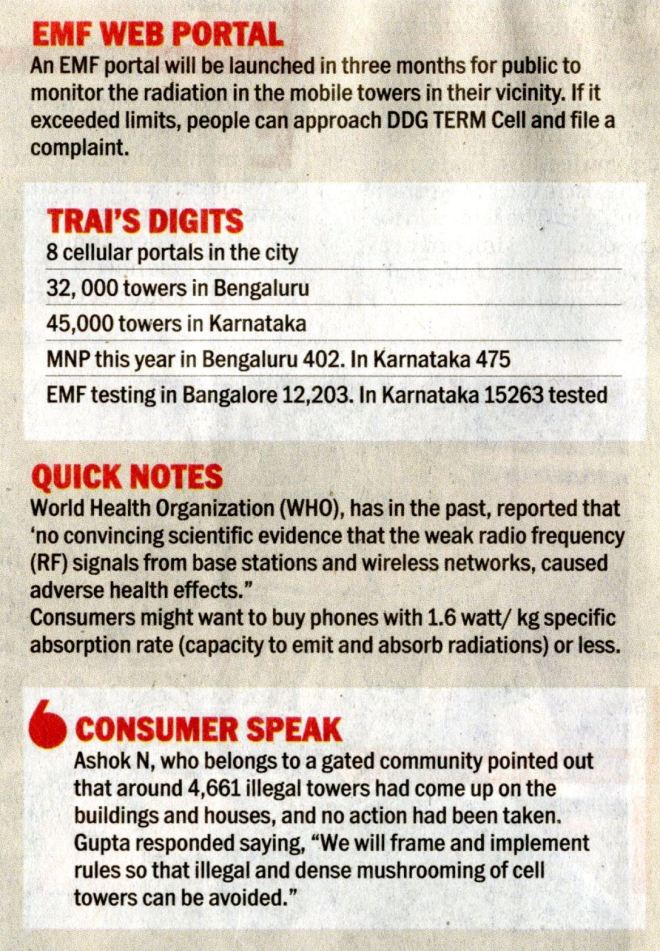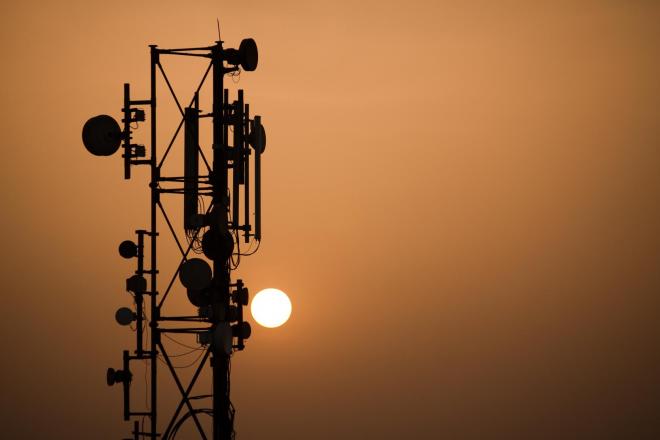Electromagnetic field (EMF) exposures from mobile towers and their consequent health hazards have been the point of debate in the scientific community for a long time now. A 13-member committee constituted by the Department of Telecommunications (DoT) and Telecom Regulatory Authority of India (TRAI), cleared the air in a report on Monday.
TRAI stated that after a detailed examination of 25,000-plus studies, ‘no conclusive evidence of adverse effect of EMF radiation’ on human health had been proven. Sunil Kumar Gupta, principal advisor, said, “Mobile towers do not cause any harm as they also fall in the same category as other waves like electricity, radio and TV. But people in high rise within 1 km of TV towers or 500 meters of FM towers, have to put metallic wire mesh, plants, trees, water curtains to absorb radiation, which is the same with the mobile tower.”
He added that the government had implemented stringent norms to ensure that there was ‘no adverse effect on health’. The limits adopted in India account for all biological effects of radiation and are much lower than the internationally-adopted recommendations of the International Commission on Non-Ionising Radiation Protection (ICNIRP).
Since 2011, TRAI received around 120 complaints from Bengaluru urban and subsequent penalties were levied when EMF limits exceeded the benchmark, which officials cleared didn’t necessarily indicate they were harmful. Out of 120 complaints, 10 remained unchecked and would be looked into soon, they assured.
World Health Organization (WHO), has in the past, reported that there was ‘no convincing scientific evidence that the weak radio frequency (RF) signals from base stations and wireless networks, caused adverse health effects.’
Convenient Argument on sparrows
An argument that the population of sparrows reduced due to the rise of mobile towers, was discussed at the meeting.
Meanwhile, Agneshwar Sen, advisor at TRAI, citing a British University study said, “Researchers found that birds living in quiet barns and woodland were fed more than those in the noisier environment, meaning that they were heavier when they fledged and consequently better prepared for survival.”
The article was published in Bangalore Mirror, you can read it here.
Image Source: VNL



![banner[4]](https://theradiationdoctor.wordpress.com/wp-content/uploads/2015/11/banner4.jpg?w=660)
